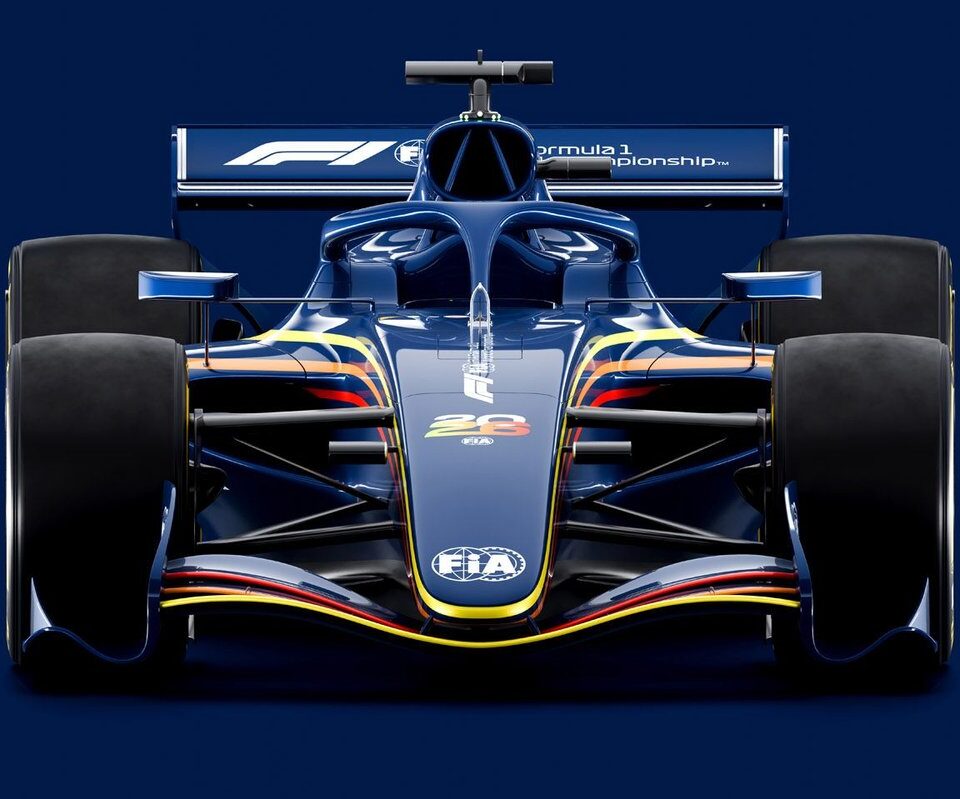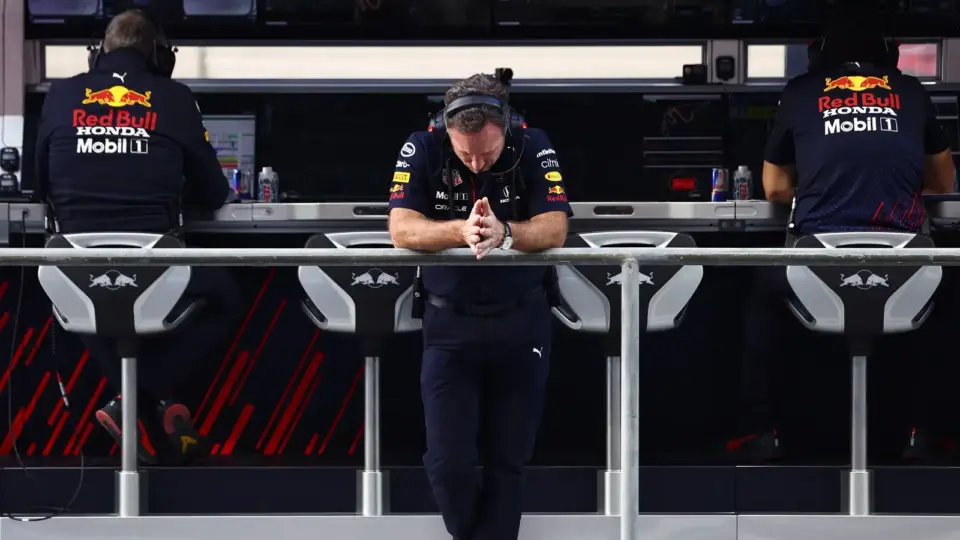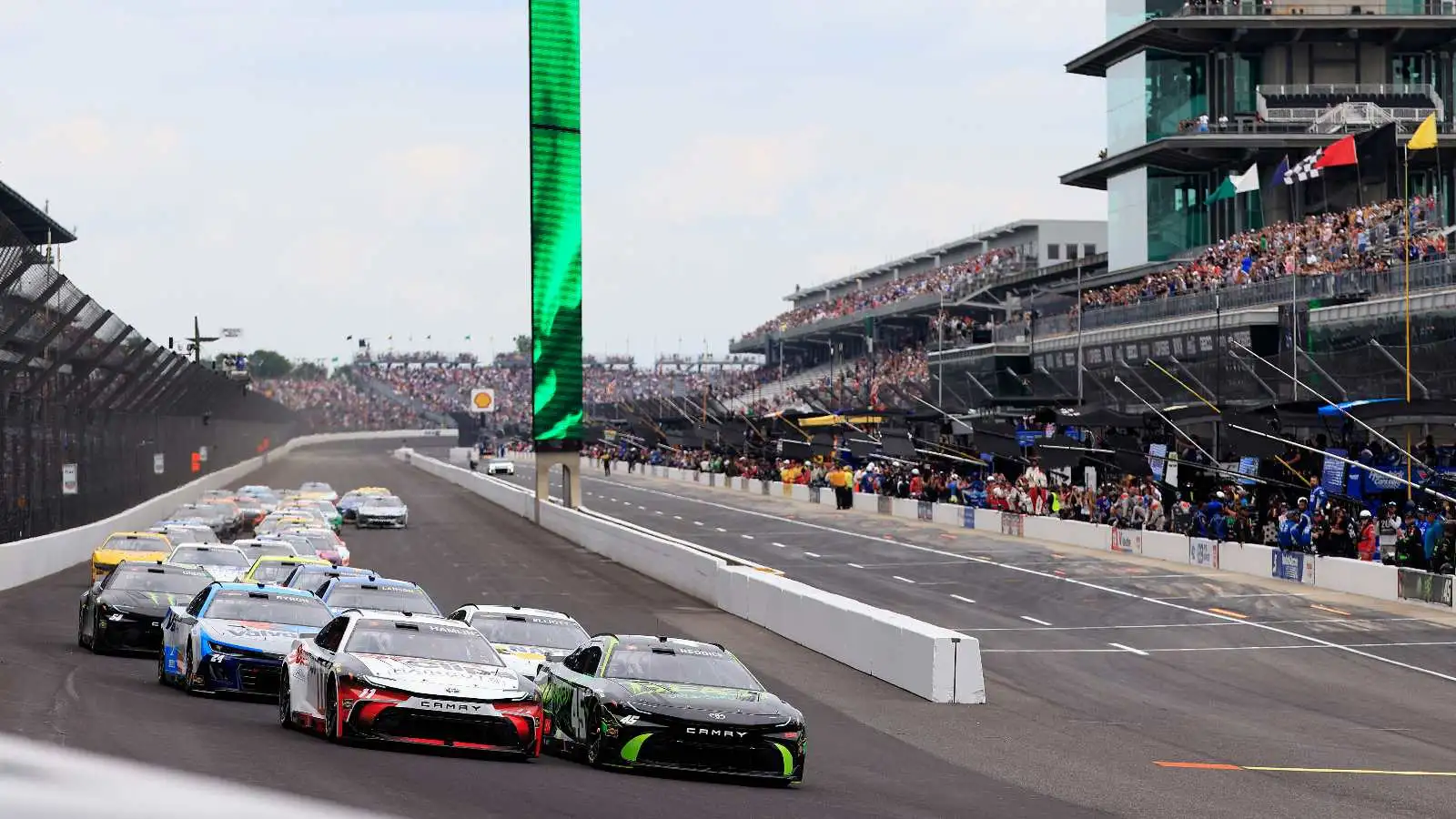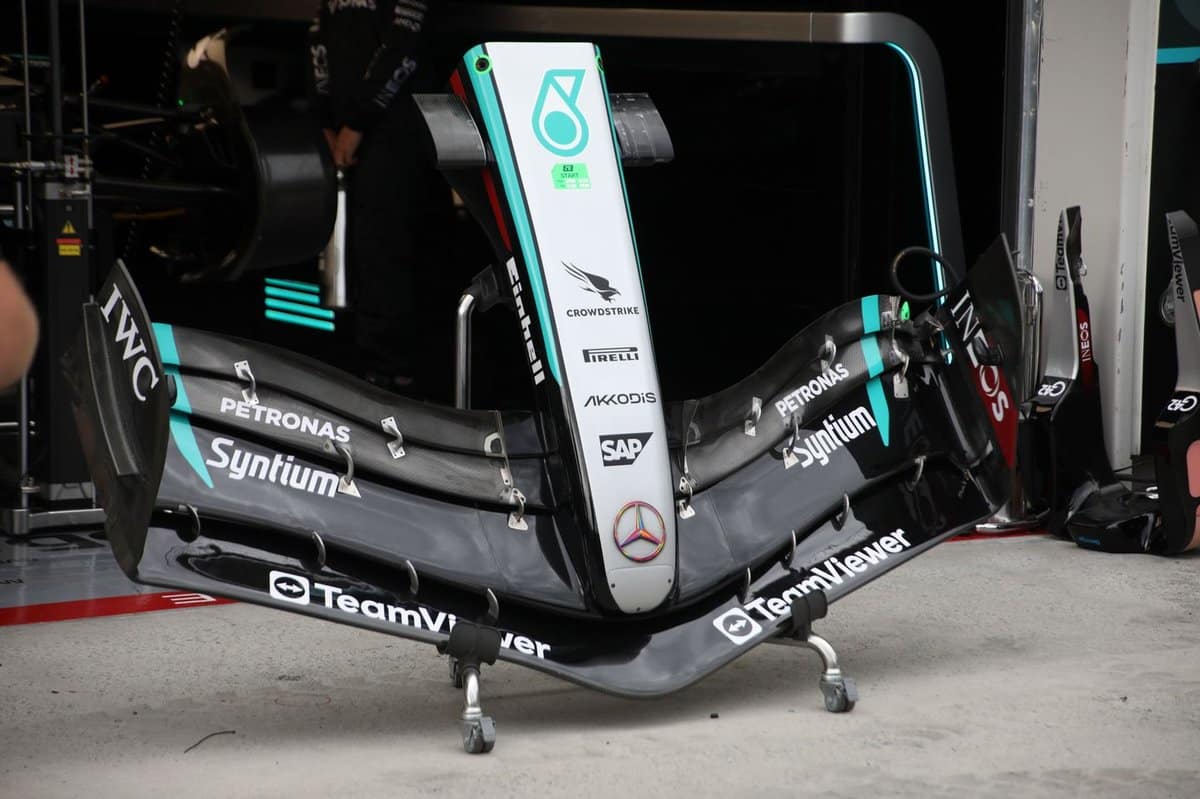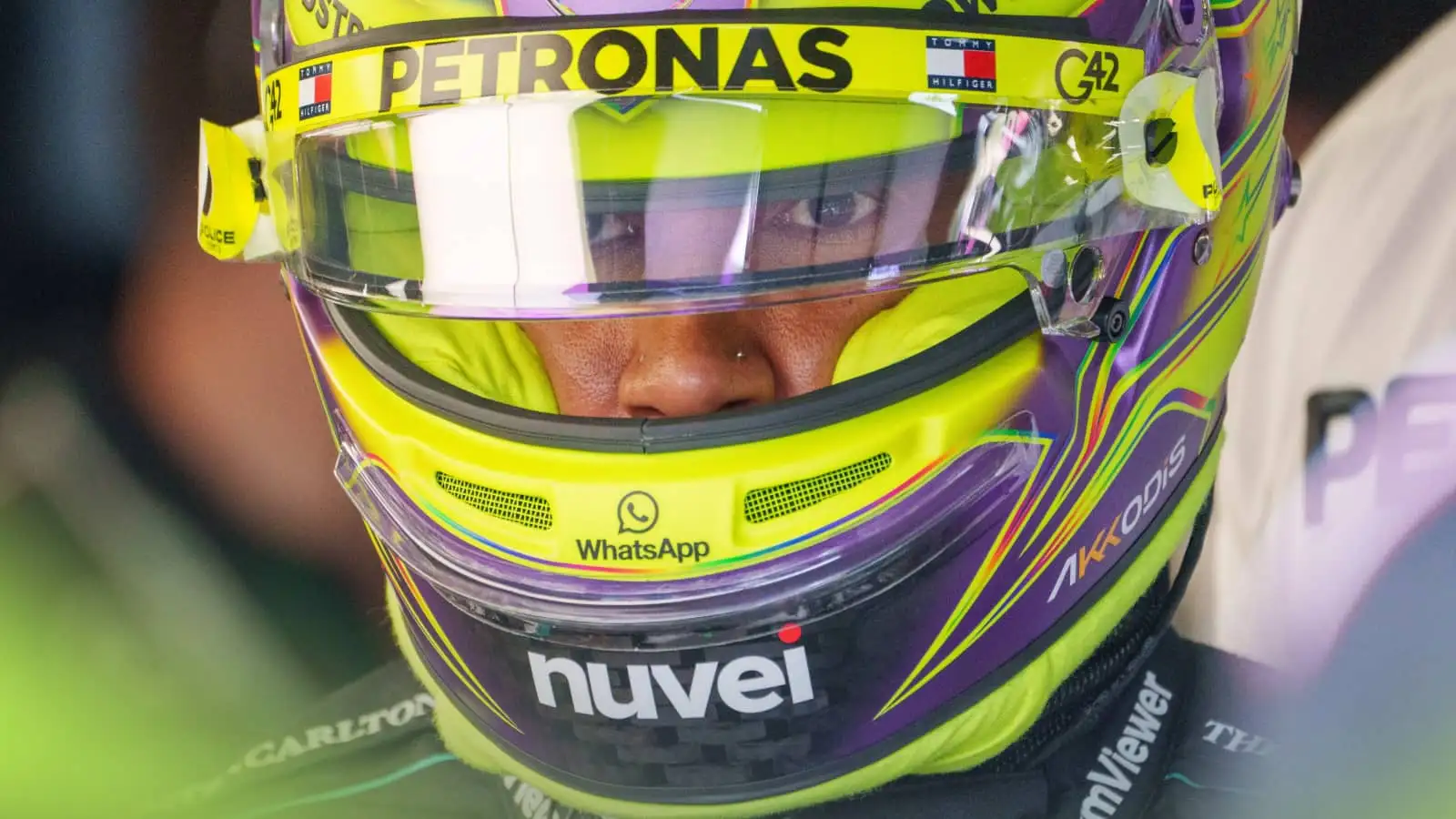In a move aimed at enhancing the driving dynamics of Formula 1 cars, the FIA has clarified that the much-anticipated low-drag ‘X-mode’ for the 2026 season will be driver-activated.
During a media conference on Saturday, Jan Monchaux, the FIA single-seater technical director, confirmed that the activation process for the new active aerodynamics package will be similar to the current Drag Reduction System (DRS). He stated, ‘All that is currently still in discussion with the teams. So it’s not like we have fully described all the detail of how and when you activate,’ but he noted that the general idea would be for the driver to control the system via a button on the steering wheel.
Monchaux elaborated on the conditions for activating ‘X-mode’. Similar to DRS, certain conditions must be met before the driver can deploy it. These conditions include very low or no lateral acceleration, typically when exiting a corner. Once these conditions are satisfied, the driver can manually activate the system. ‘The driver will press [the button], and it’s not going to be automated. Then his DRS and the front wing will open up to go in the low drag,’ he explained.
Safety implications are a significant consideration for the FIA. With ‘X-mode’ potentially increasing top speeds drastically, Monchaux emphasized the importance of ensuring the system deactivates properly before entering a braking zone to avoid high-speed accidents. ‘The approach on failure analysis the system could be subject to, it will be subject to the same approach that back in the day was done with the DRS,’ Monchaux said. The rigorous testing that DRS underwent will apply to ‘X-mode’ as well, to ensure it works safely and reliably.
Although some teams might experience initial reliability issues during the first winter test, Monchaux is confident that the lessons learned from DRS will make the transition smoother. ‘That a few teams might have a few hiccups in the first winter test is to be expected, but I genuinely think the experience gained over the years on the DRS should be perfectly transferable on the front,’ he noted. This indicates that while there may be a learning curve, the overall implementation should not present significant challenges.
The new ‘X-mode’ is part of a broader set of regulations set to be introduced for the 2026 season, aimed at making the sport more exciting and competitive. However, the exact details and full scope of these new rules are still under discussion and will be worked out in collaboration with all the Formula 1 teams.
The driver-activated ‘X-mode’ promises to add a new layer of strategy and skill to Formula 1 racing, pushing the boundaries of speed and control. As the sport evolves, fans and teams alike will be watching closely to see how these innovations unfold on the track.
Source: Motorsport
